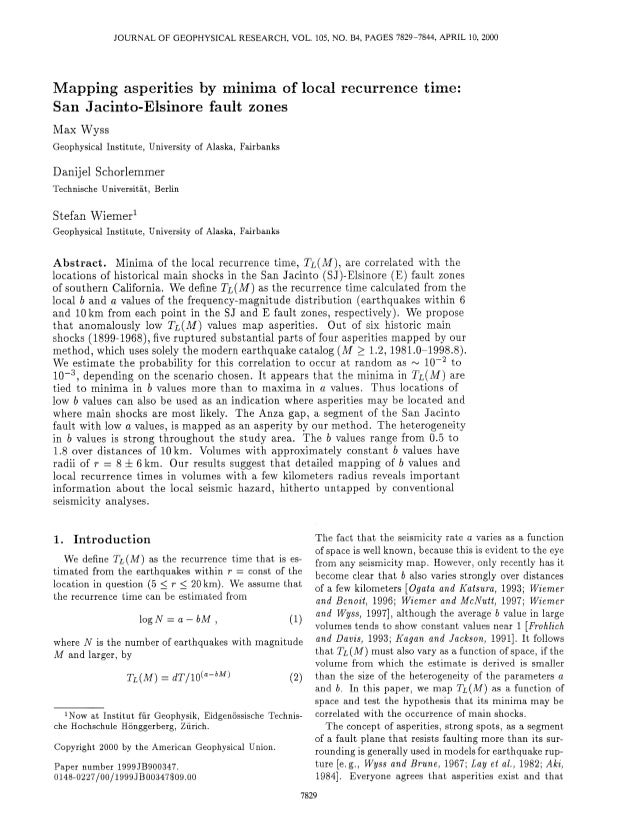
Does a fault break all at once? Oblique view of a right-lateral strike-slip fault with multiple asperities. When one asperity slips, there is an added load on the adjoining asperities. In a large earthquake there is a cascading effect as each zone that slips loads the next zone, which then slips, and so forth, sometime for hundreds of miles, in a process that can continue for 5 or more minutes. Shop-n-spree Family Fortune Rapidshare. An asperity is an area on a fault that is stuck or locked. Scientists study areas along long fault zones that have not had earthquakes in a long time in order to determine where the next earthquake may occur; as long faults move, all areas of it will, at some point, become 'unstuck' causing an earthquake relative to the the size of the asperity that finally breaks.
Seismicity associated with some earthquakes with known large asperities: Rat Islands 1965, Alaska. INFLUENCE OF ASPERITIES ALONG SUBDUCTION INTERFACES. Flashtool 0.9.0.0 Windows Exe. Asperities on a Strike-slip Fault. There is an added load on the adjoining asperities. In a large earthquake there is a cascading effect as each zone that slips.
Virtual Tickling Games: Software Free Download. Lurches, the strain is released, producing a great earthquake. Asperities, which may be caused by roughness, or protrusions on the fault.
Summary A model is presented that treats an earthquake as the failure of asperities in a manner consistent with modern concepts of sliding friction. The mathematical description of the model includes results for elliptical and circular asperities, oblique tectonic slip, static and dynamic solutions for slip on the fault, stress intensity factors, strain energy and second-order moment tensor.